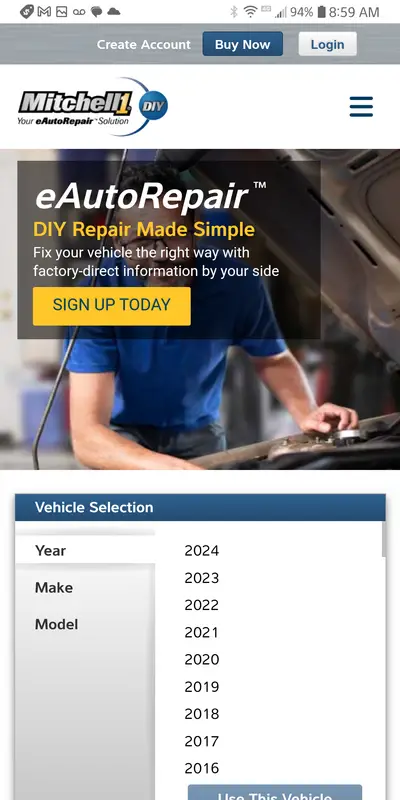The original post was written at lunch on a damn iphone (which I hate) so typing and editing are not the easiest/best.
Typically, when the system goes to defrost upon acceleration, there is a vacuum leak in the system. I would reference the attached diagrams and start at the connection from the engine to the vacuum ball, and follow it from there. As the lines are hard plastic, it is common for them to break or develop cracks over the 35+ years they've been around.
By design, the system is designed to default to defrost in the absence of a vacuum supply. This is done for safe operation in colder climates. Should the system lose vacuum, the air will still flow to the defroster.
Typically, when the system goes to defrost upon acceleration, there is a vacuum leak in the system. I would reference the attached diagrams and start at the connection from the engine to the vacuum ball, and follow it from there. As the lines are hard plastic, it is common for them to break or develop cracks over the 35+ years they've been around.
By design, the system is designed to default to defrost in the absence of a vacuum supply. This is done for safe operation in colder climates. Should the system lose vacuum, the air will still flow to the defroster.


